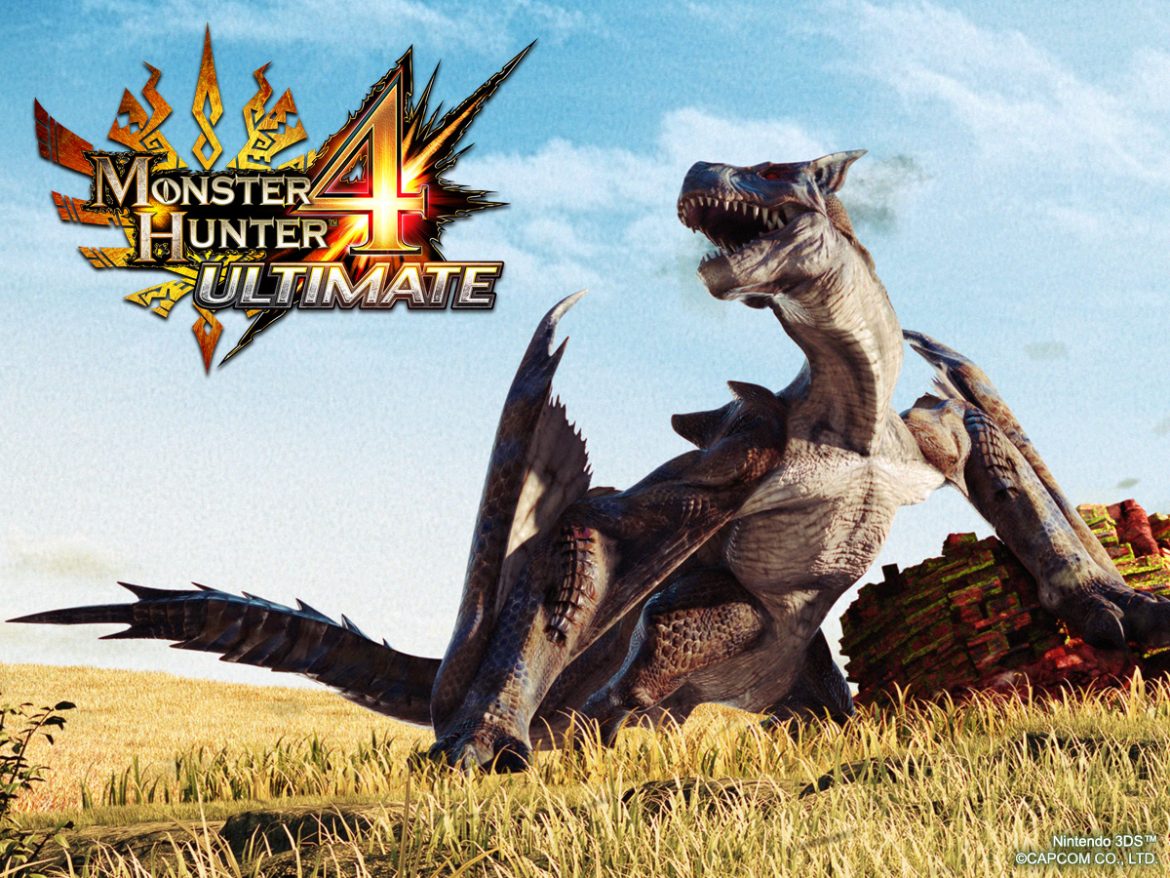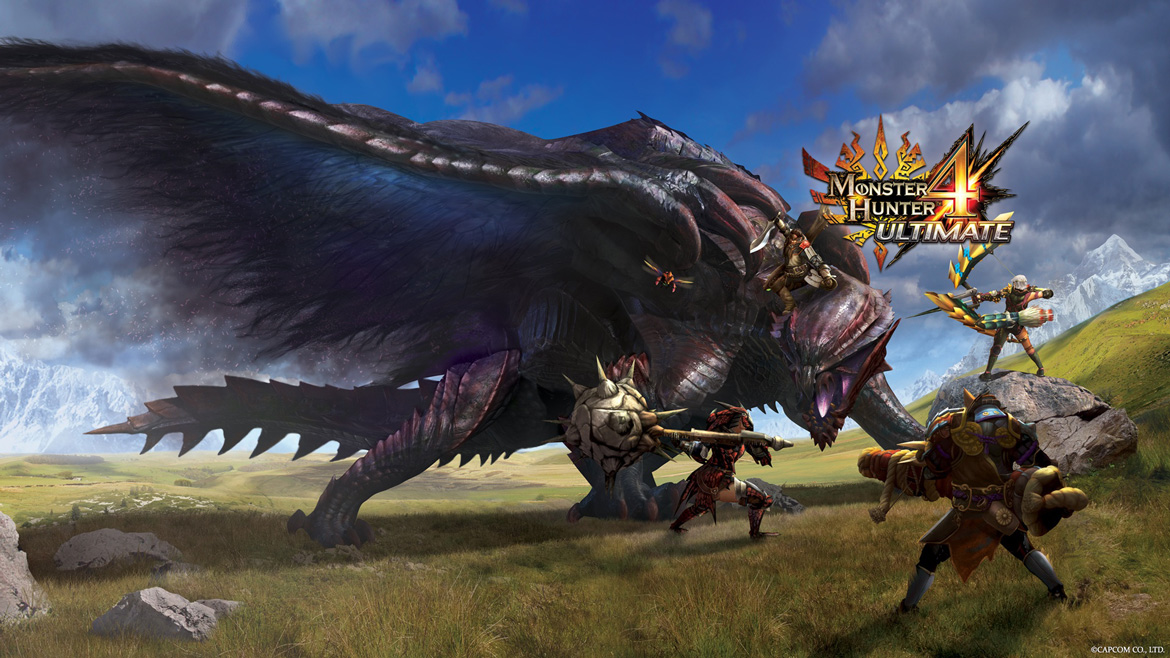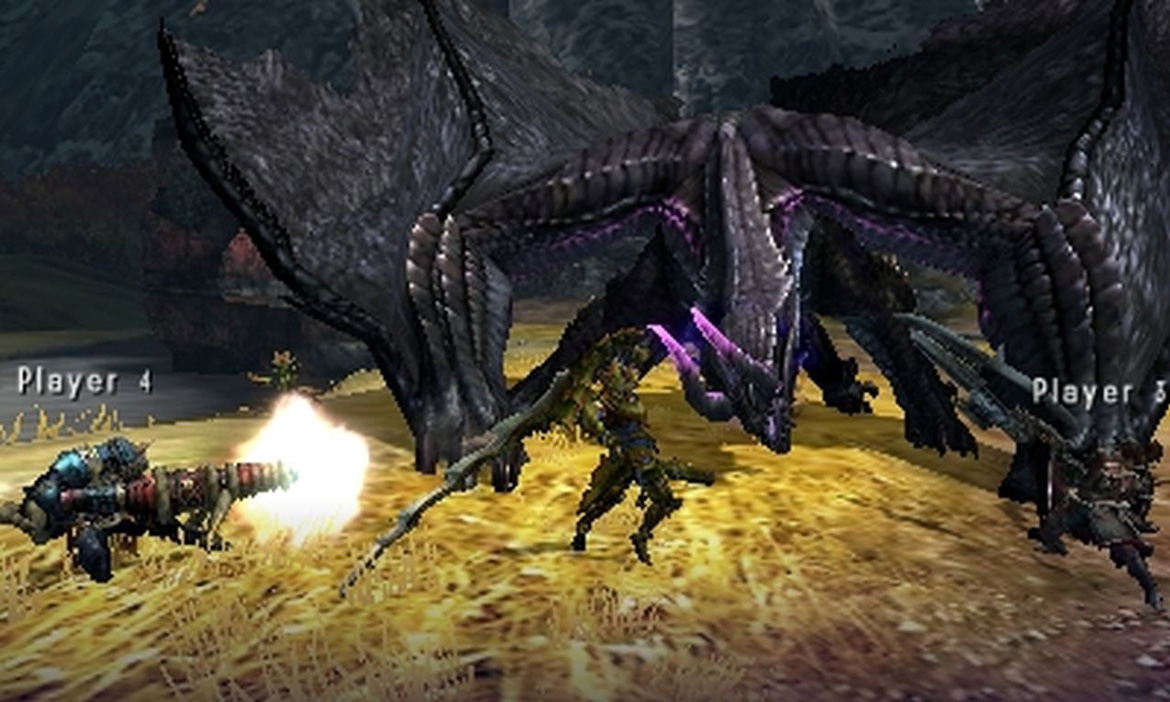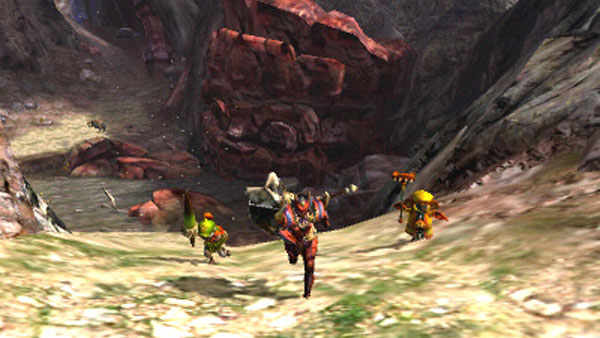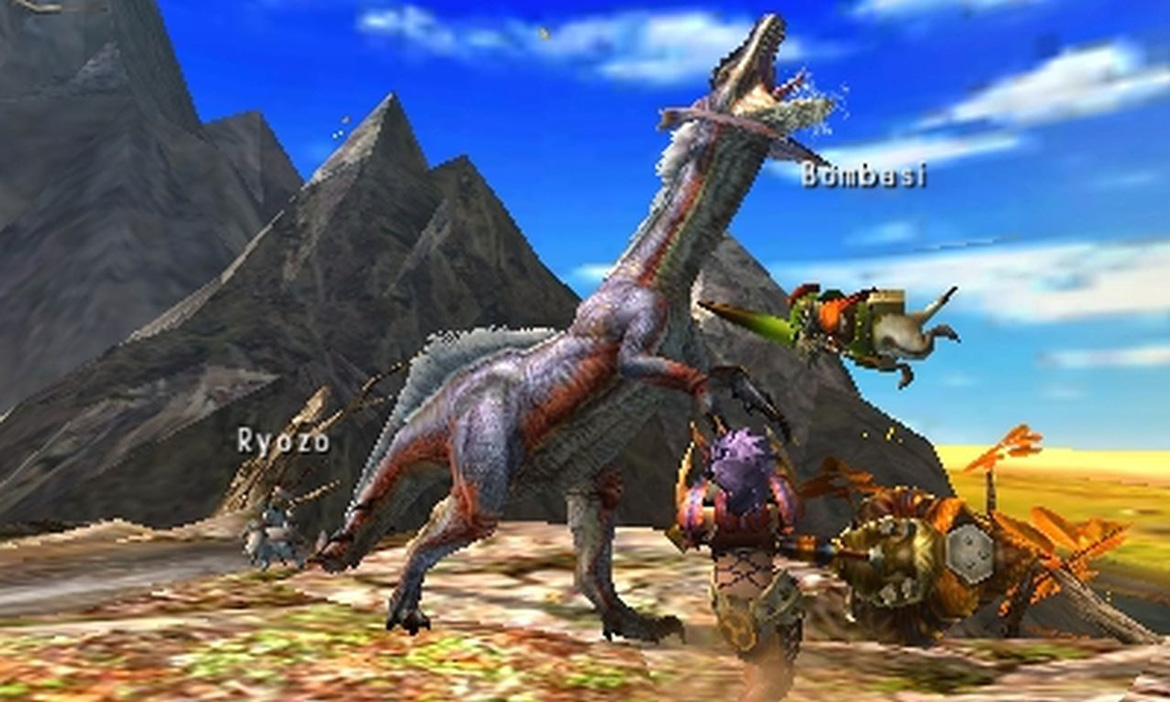TL;DR
Monster Hunter 4 Ultimate throws you into a challenging world of epic hunts against massive beasts, blending action, exploration, and deep crafting. While it boasts impressive monster design and a vast array of weapons, be prepared for a steep difficulty curve, clunky camera controls (especially on older 3DS models), and a minimal narrative. You'll spend hours gathering resources, mastering combat, and piecing together your own strategies, often with little guidance. Despite its rough edges and technical limitations on the 3DS, the sheer scale of the hunts and the rewarding progression offer a truly deep experience for those who can persevere. Ready to see if you have what it takes to become the ultimate hunter? Dive into the full review to find out!
Monster Hunter 4 Ultimate represents Capcom’s latest installment in a series where players assume the role of either hunter or, if ill-prepared, prey. While Monster Hunter has achieved significant success in Japan over several years, its reception in other regions has been comparatively more modest. The core concept—exploring expansive environments reminiscent of prehistoric landscapes, teaming up with fellow hunters, and wielding formidable weapons—resonates strongly with audiences in Japan.
The game commences with immediate action. The player-created character is aboard an airship alongside a caravan leader when they are suddenly attacked by a colossal creature lurking beneath the desert sands. This initial encounter serves as both an introduction to the game’s mechanics and a plunge into the heat of battle. Following this, the player arrives at Val Habar, a bustling desert town serving as the game’s initial hub. Monster hunters converge here, driven by aspirations of fame, fortune, and glory, seeking to acquire impressive trophies from their hunts. The city, however, remains largely unexplored beyond a central street, a vibrant hub where merchants, blacksmiths, arms dealers, cooks, and hunters gather to receive quests and embark on expeditions.
A mysterious plague threatens the land, with an unknown virus endangering the ecosystem’s balance. The origins of this threat remain initially unclear, and the player assumes the role of investigator, tasked with uncovering the truth.
While the player character is central, the monsters truly command attention. These include dragon-like creatures with scales and wings capable of breathing fire, formidable insects, gigantic sea serpents, and various reptiles. Defeating these creatures requires practice, skill, the right equipment, and effective tactics. A new gameplay element allows players to launch themselves from high cliffs, executing attacks upon landing on a monster’s back, a maneuver that is as risky as it is potentially rewarding.
An extensive arsenal of melee and projectile weapons offers further support to the ambitious hunter. Nevertheless, success is far from guaranteed; Monster Hunter 4 presents a significant challenge, sometimes approaching unfair levels. Monsters evade attacks, retreat to dens, recover, summon reinforcements, and generally exhibit challenging behavior. Proper preparation, including weaponry, armor, and restorative items, is crucial.
Resource gathering also plays a key role. In classic Japanese RPG fashion, the environment is rich with usable items: mushrooms, herbs, berries, insects, ores, crystals, fossils, and fish. Extracting these resources requires specific tools, from fishing rods to hatchets. While the process may seem complex initially, mastering potion recipes, like combining honey, becomes intuitive. However, the scope is extensive, and players must often discover equipment combinations and monster tactics independently, as Monster Hunter 4 quickly removes training aids. Clues are minimal, both in terms of navigation and objectives. This approach is generally positive, rewarding player initiative and problem-solving skills. The open world encourages exploration, but the difficulty curve escalates rapidly.
The difficulty can, at times, become excessive. While challenging encounters are expected, design choices, control issues, and camera behavior contribute to frustration. The experience of being transported back to base camp after defeat, accompanied by the game’s cat-like creatures, can be more discouraging than motivating. Survival becomes a constant struggle, demanding meticulous play. Beneath the surface lies a ruthless game mechanic that can test the player’s patience.
The control scheme, particularly the camera, also detracts from the experience. Without a New 3DS or the Circle Pad Pro, the touch screen must function as a virtual camera control, which proves inadequate, especially for players with larger hands. Additionally, certain repetitive tasks, such as collecting items or hunting specific smaller monsters, can become monotonous. However, exploring the environments remains engaging, from open fields to caves and mountain streams. The game’s environments are a significant asset. Unfortunately, the small screen diminishes their impact. The immersive atmosphere suffers on a handheld device compared to a larger display with superior audio. The scale of the monsters demands a larger screen to fully appreciate their impact.
Regarding technical limitations: the game’s ambition on the 3DS platform is noteworthy. The environments and monsters exhibit impressive detail, but the graphical fidelity is limited by the hardware, resulting in angular environments and textures that appear dated. Some areas feel confined, with invisible walls and restrictive boundaries. The world design, reminiscent of older 3D Zelda titles, features segmented areas connected by narrow passages, which limits the sense of openness. With increased RAM and processing power, more expansive worlds could be realized. The pre-rendered cutscenes highlight the potential of the game on more powerful hardware, such as Xbox One or Playstation 4, or even the Wii U.
The narrative fails to fully engage the player. While dialogue is abundant, much of it is exposition and lacks depth. The non-player characters offer little of substance, even if the music and graphics create a pleasant atmosphere in Val Habar. The anecdotes are uninteresting, and a compelling, overarching narrative is missing. Instead, the challenge of the battles and the pursuit of rare monsters provide sufficient motivation to continue playing.
Despite its flaws, Monster Hunter 4 Ultimate is a technically impressive (for the 3DS) and mechanically solid adventure, offering considerable content. It is a game that can last for weeks for dedicated players. However, it also possesses significant untapped potential. A more focused narrative, improved camera controls, refined gameplay mechanics, and fairer design choices could have elevated Monster Hunter 4 to the level of genre-defining titles like Zelda. Ideally, the experience would be enhanced with a larger screen and superior audio to fully realize the impact of the game’s meticulously designed monsters.
Addressing these issues would have significantly improved Monster Hunter 4. As it stands, the game, while possessing qualities and high production values, is ultimately marred by a series of minor flaws that collectively hinder its potential.
